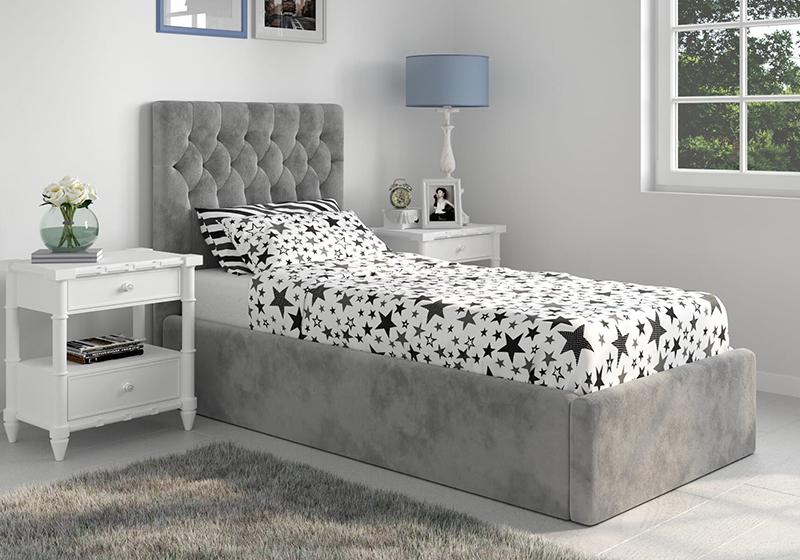
How Can You Achieve a Cohesive Bedroom Design: Matching Decor with Personal Style
Achieving a cohesive design in your bedroom that reflects your personal style is essential for creating a space where you can feel truly at home. Your bedroom is not just a place to sleep; it is a sanctuary where you begin and end each day, so it’s important that the decor resonates with your personality and offers comfort. By thoughtfully selecting pieces that express your individual tastes, you can create a harmonious environment that feels both welcoming and distinctly yours.
Understanding the balance between various design elements is key to creating a cohesive look. This means considering color schemes, textures, and furniture styles that complement each other while aligning with your aesthetic preferences. Whether you lean towards minimalism, bohemian vibes, or a more classic approach, the goal is to blend these elements in a seamless and intentional way.
Remember, your bedroom should be your retreat and a reflection of who you are. Making choices that are true to your style will ensure a more cohesive design and contribute to a space conducive to rest and rejuvenation. With careful consideration of how different pieces work together, you can craft a bedroom design that is both comfortable and an authentic expression of your personality.
Furniture and Layout
Creating a cohesive bedroom design starts with selecting the right furniture and arranging it for both beauty and functionality. Your personal style, complemented by smart design choices, lays the foundation for a bedroom that feels harmonious and tailored to your needs.
Selecting Bedroom Furniture
In choosing bedroom furniture, consider pieces that align with your preferred design style, whether it’s minimalist, traditional, or eclectic. An upholstered bed can serve as a comfortable statement piece, while a vintage dresser might add character. For smaller spaces, single size beds offer coziness without overwhelming the room. Keep scale in mind; mixing various sizes can add depth and interest.
Arranging for Aesthetics and Function
An effective layout balances aesthetics with practicality. Place a nightstand within arm’s reach of your bed for convenience, and center your bed frame to anchor the space. Use a dresser as both storage and a display surface for personal items. If you’re a fan of mixing and matching bedroom furniture, aim for a few unifying elements, like material or color, to maintain a cohesive design. When incorporating different furniture pieces, remember that even mixing metals can work when done with intention.
Developing a Cohesive Color Scheme
Creating a cohesive color scheme in your bedroom starts with choosing a harmonious color palette that reflects your personal style. It’s essential to balance colors, textures, and patterns to achieve a look that’s both cohesive and expressive of who you are.
Choosing a Color Palette
To begin, select a base color that resonates with your taste. This color will act as the foundation for your bedroom’s aesthetic and should occupy 60% to 70% of the space. It could be a neutral such as soft gray or a more vivid shade if that’s more your style. Once you have your base, pick complementary colors or similar shades to use for accents. These should make up about 25% to 30% of the color scheme, ensuring a balanced yet dynamic color story.
- Base Color: 60-70% of your color scheme
- Accent Colors: 25-30%
- Bold Highlights: 5-10%
For instance, if your base is a calming blue, you might choose greens or cool grays as complementary shades and add pops of coral for a lively contrast.
Incorporating Patterns and Textures
Beyond color, integrating textures and patterns can add depth and interest to your bedroom. When incorporating patterns, adhere to a consistent theme or motif. A tip for maintaining balance is following the rule of threes: use one pattern as a focal point and two supporting patterns that are less bold but share a similar colorway. For textures, mix and match materials such as a chunky knit throw against smooth cotton sheets. Keep textures in the same color family to support a cohesive look.
- Lead Pattern: One dominant pattern
- Supporting Patterns: Two secondary patterns
Remember, combining multiple patterns within a similar color palette will contribute to a harmonious and cohesive bedroom design.
Conclusion
Achieving a cohesive bedroom design that reflects your personal style involves blending various elements harmoniously. Remember to choose a unifying element, such as a common color or pattern that ties your furniture and decor together. By incorporating tips on mixing and matching furniture with the science of color psychology, you create a space that resonates with your aesthetic and maintains a balanced atmosphere. Consider the importance of details, like matching doorknobs or cohesive bedding, which can subtly enhance the design’s consistency.








